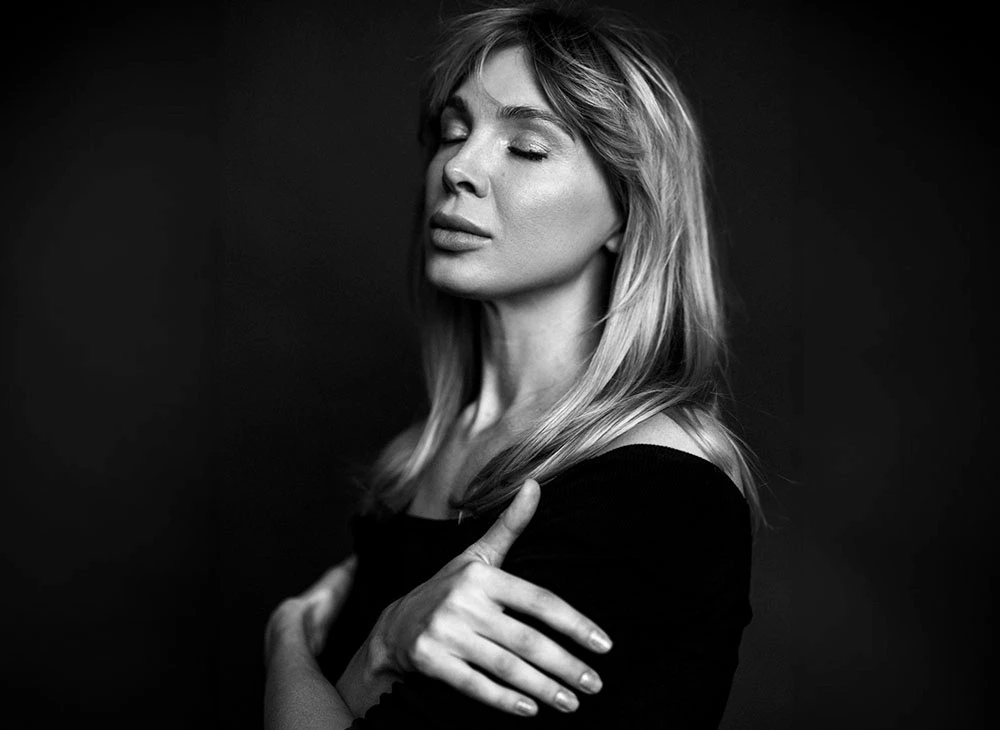痘疤的形成主要是因為青春痘遭到擠壓,排膿造成的。如果痘疤多且密集會對病人造成巨大的困擾。隨著年齡的增長,皮膚會逐漸變松,痘疤會變得越來越深。痘疤和鬆弛的皮膚形成極為明顯的反差。我們目前有不同的治療手段,包括痘疤水光針,玻尿酸注射,輕度磨皮,二氧化碳蜂巢鐳射,熱瑪吉,超聲刀,微針治療,PRP水光針以及用特殊的手術器械作皮下內切,切斷深陷的痘疤和深層的纖維之後用納米脂肪填充,也可以用玻尿酸填充等治療手段。效果比較明顯,如果痘疤深陷,有時候需要作點狀皮膚移植手術。

每個人形成青春痘的病因不同,所以余醫生強調一定要面診病人,之後才能決定用哪種方法來治療。一般來說,醫生會推薦保持皮膚清潔,去角質,去白頭並結合鐳射治療,輕撫治療,面部護理以及抗生素藥劑塗抹患處等。如果青春痘在一個位置反復發作,形成囊性青春痘,余醫生會用肉毒素和抗生素加局部麻藥注射到頑固青春痘的底部,控制青春痘部位的油脂線分泌來達到治療目的。在這個方面,余醫生的治療方案效果非常明顯。
To begin your journey towards rejuvenated skin, schedule your consultation with Premier Cosmetic Surgery & Medspa in Arcadia today. Our team of experienced providers, led by Dr. Arthur Yu, is dedicated to helping you achieve your aesthetic goals with precision and care. Contact us now to take the first step towards a more confident and radiant you.